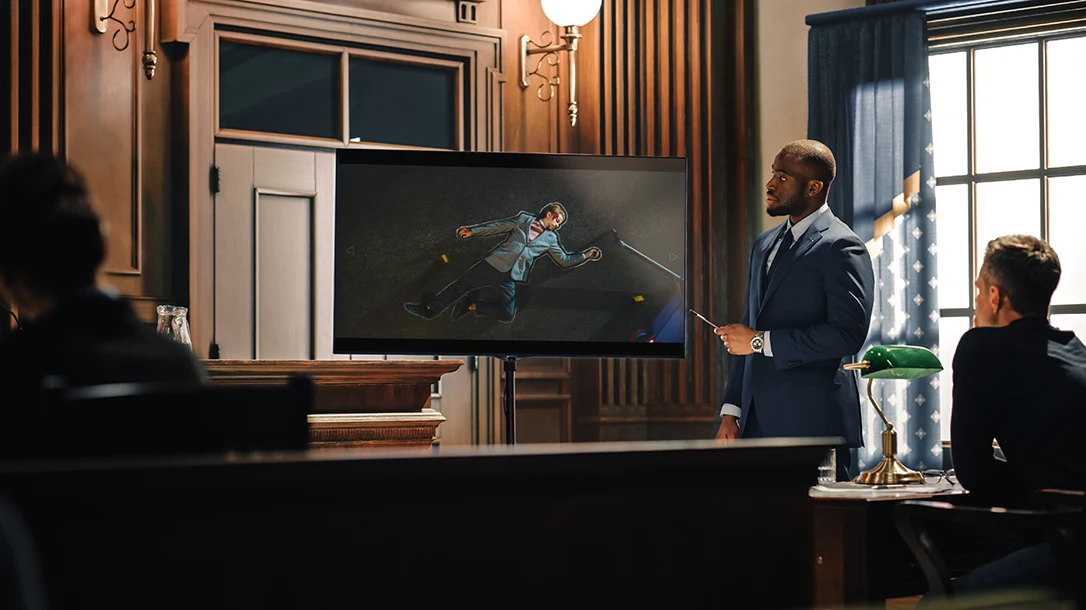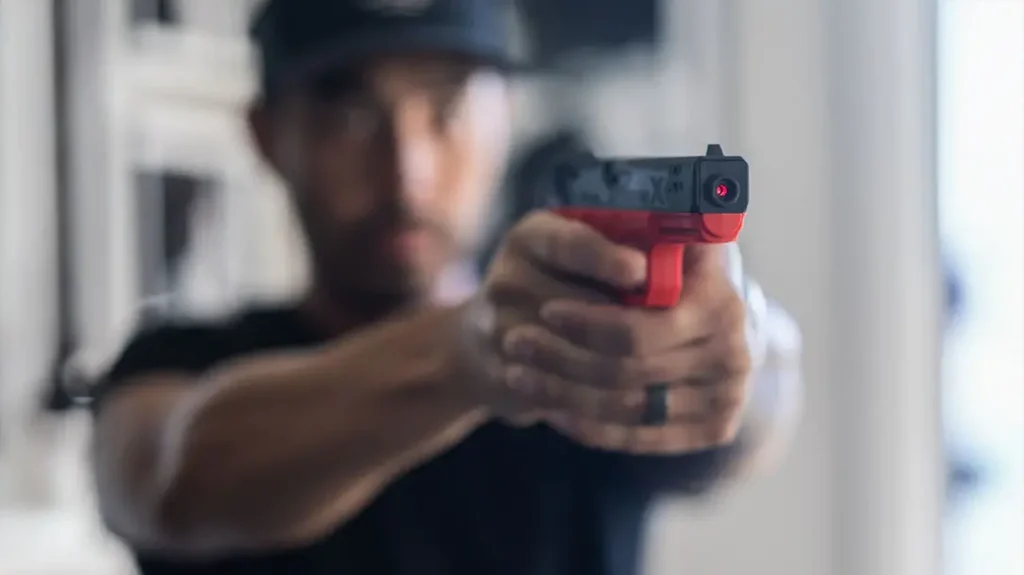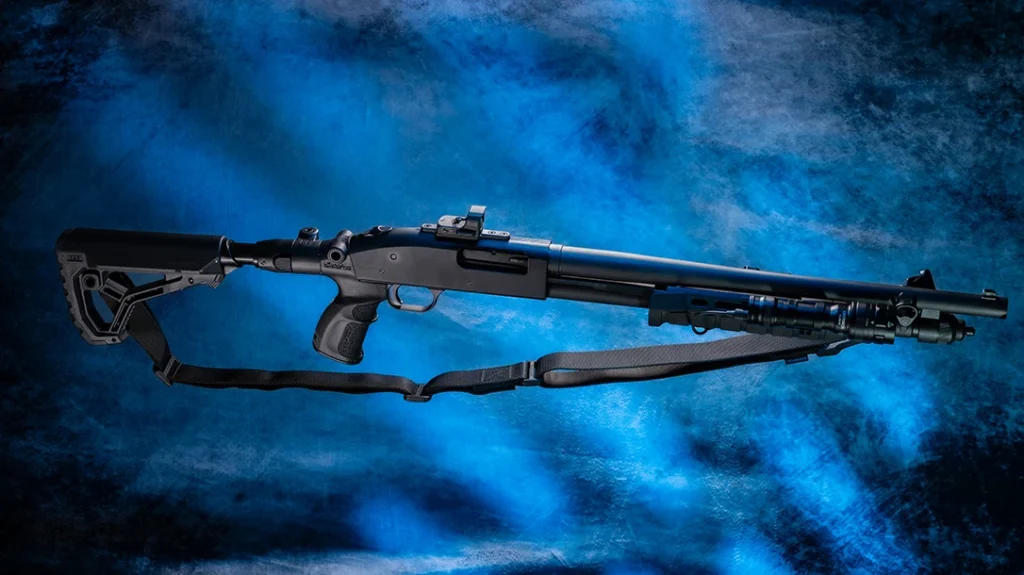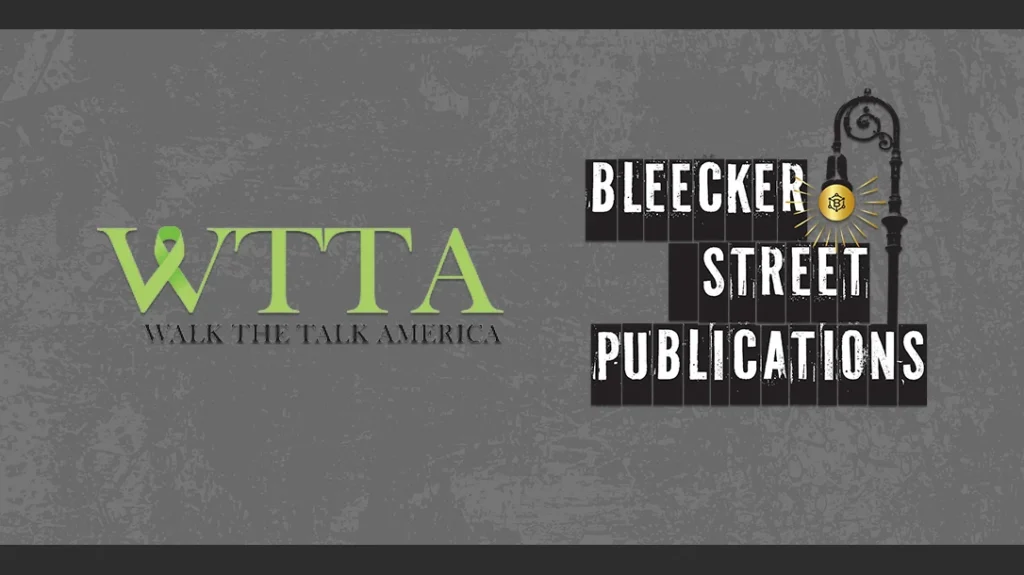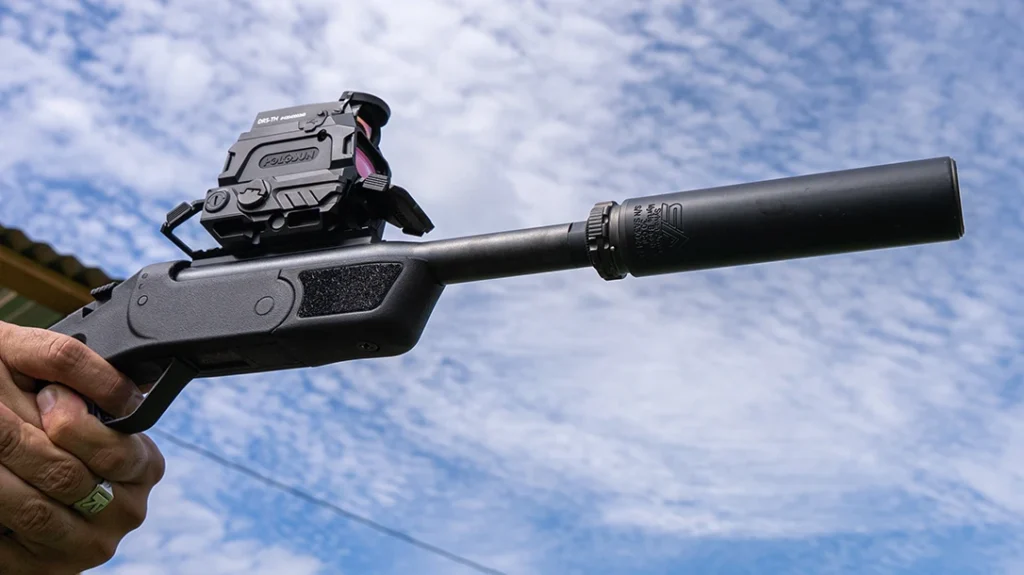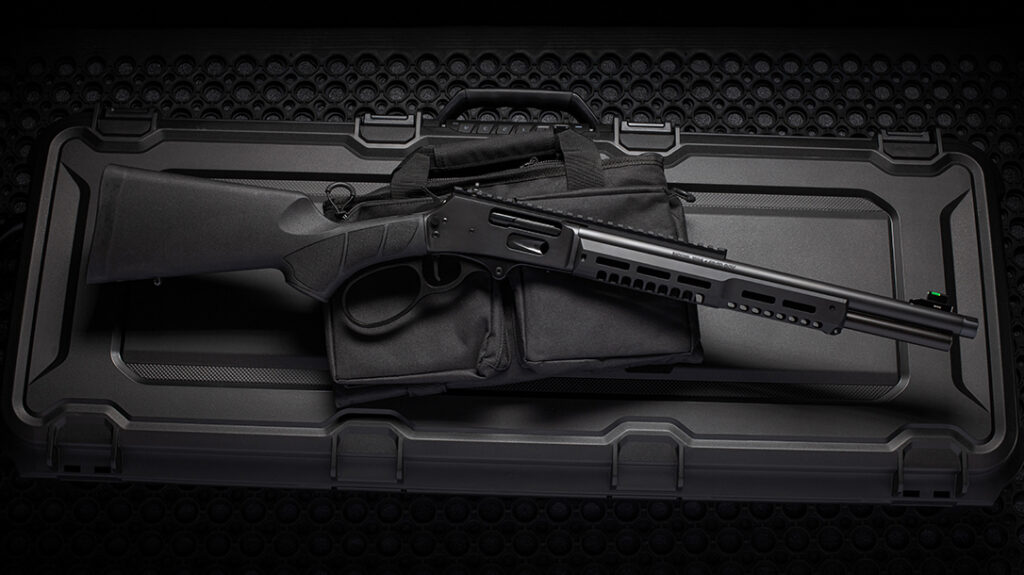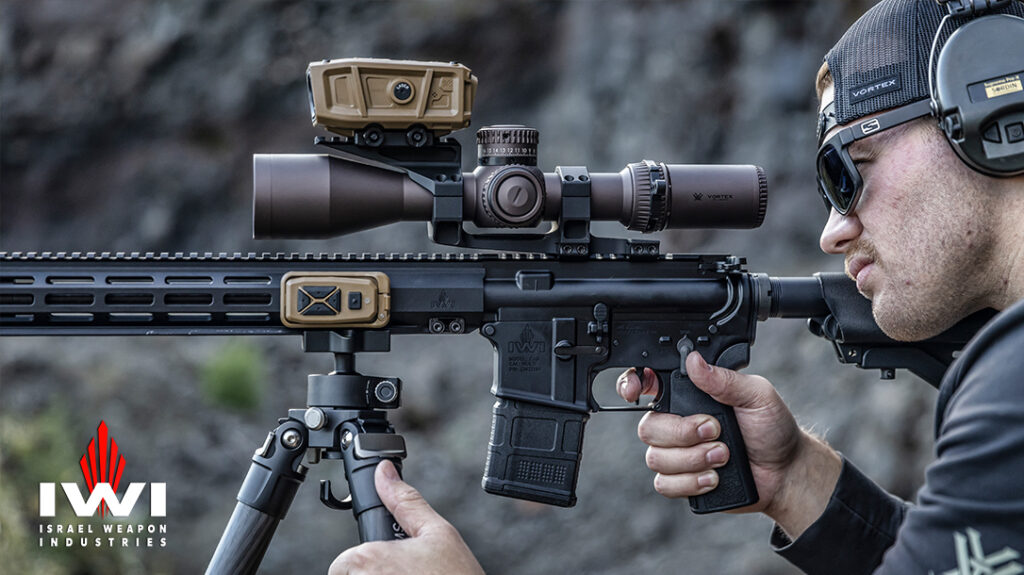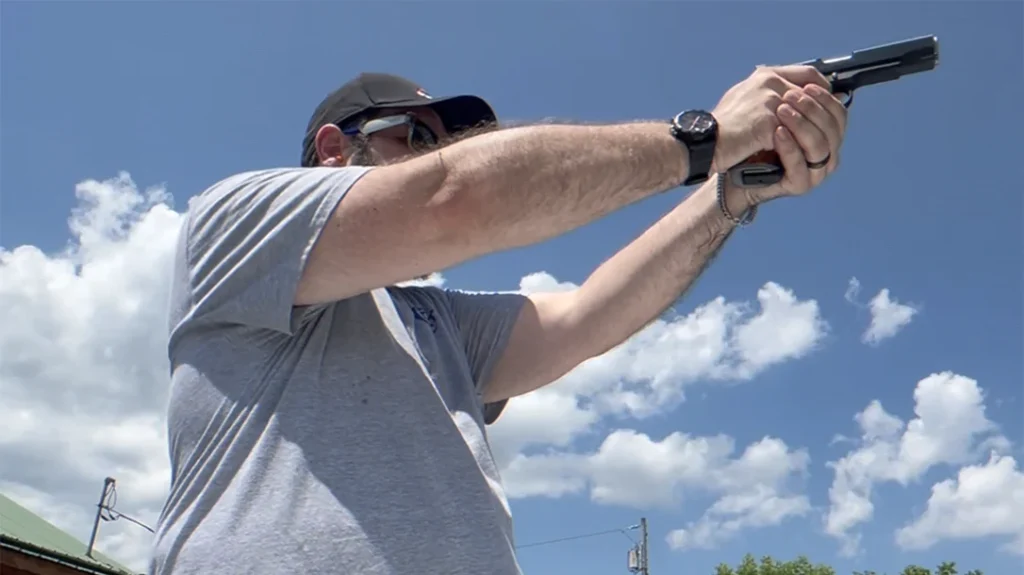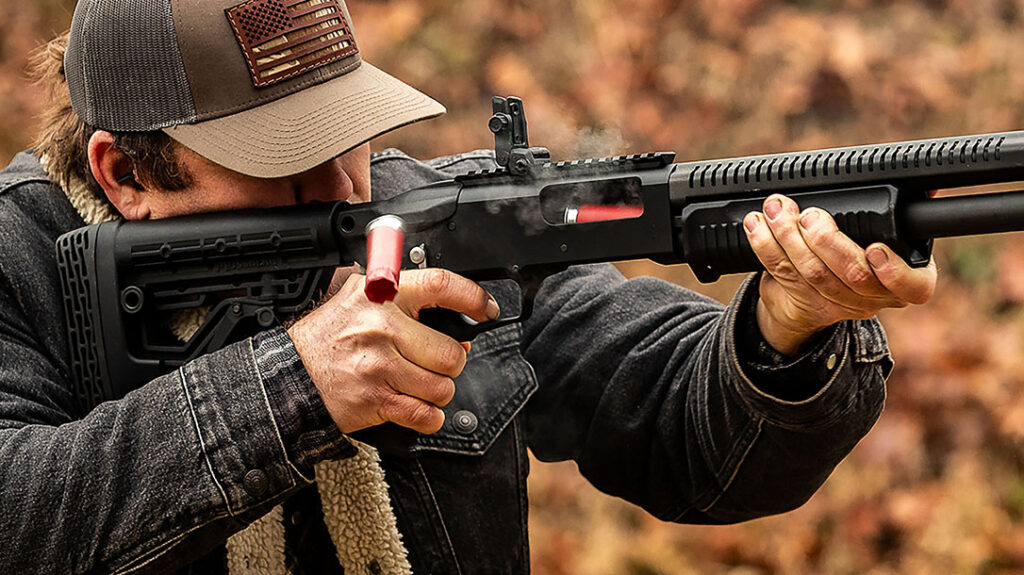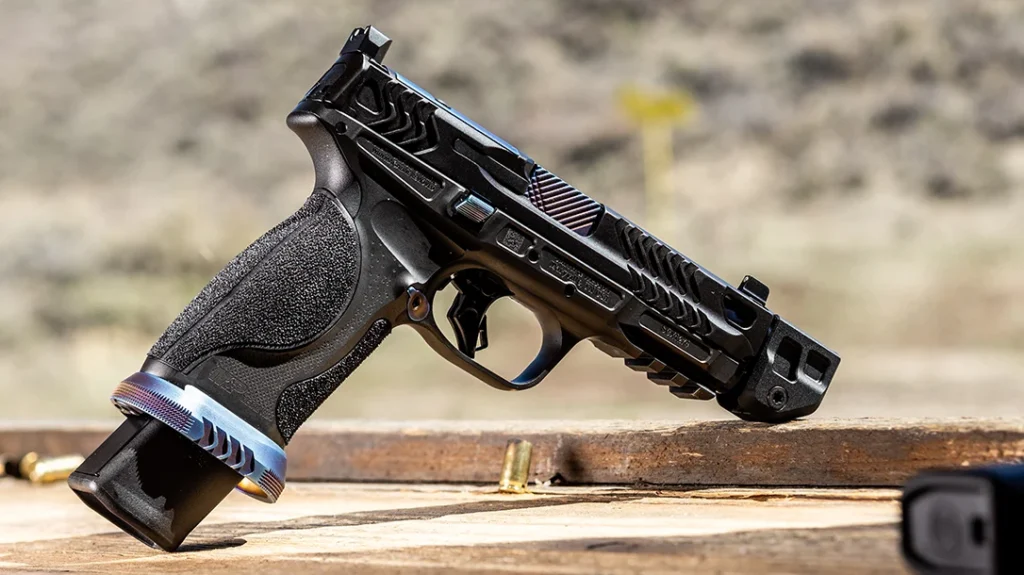In the summer of 2022, I was a speaker at the annual meeting of FACDL, the Florida Association of Criminal Defense Lawyers. It was heavy on CLE, Continuing Legal Education for practicing attorneys, and was most ably administered by incoming organization President Ernie Chang. I picked up a lot of tips from the various speakers, some of which are very much on point for law-abiding citizens who keep or carry firearms for self-defense. Hence, this special installment of “Self-Defense & The Law,” featuring advice from these legal eagles.
Legal Eagles of Other Professions Offer Advice
Doctor’s Report
The program’s first speaker was Dr. Jonathan Arden. He is a very experienced forensic pathologist and former medical examiner for the District of Columbia. I was happy to hear him say something I tell my students: many people in the jury pool can’t tell the difference between homicide (one human being killing another under whatever circumstances) and murder (the malicious, illegal slaying of another person).

Advertisement — Continue Reading Below
He explained that the Medical Examiner’s report may conclude “homicide,” but never concludes “murder.”
He pointed out that a forensic pathologist is expressly trained to investigate deaths that may be related to crime. However, a mere coroner may be an elected official who is not even an MD.
Dr. Arden cited case one, in which a fatal gunshot wound extending between the base of the skull and the side of the nose was initially determined to be a back-to-front hole because the rear defect was smaller than the frontal one.
Advertisement — Continue Reading Below
That’s not always true; subtle things like bone beveling and the location of bone shards can prove otherwise. In this case, Arden explained, it was really front-to-back, consistent with a claim of self-defense against a facing attacker. It was not the “execution shot” it was originally, incompetently presumed to be.
Forensics Matters
Next up was Lt. Col. Arthur Alphin, who created the popular A-Square bullet, speaking on junk science in forensic ballistics. He pointed out that with today’s precise and uniform firearms manufacturing methods, firing pin indents on primers and rifling marks on fired bullets are much harder to isolate to one particular specimen of firearm than one might think.

Advertisement — Continue Reading Below
He spoke of what I’ll call case two. In this case, he believes a man was wrongly convicted and given two life sentences because an expert said a death bullet came from his particular rifle. Col. Alphin does not believe that current science combined with current gun manufacturing can cut things that fine.
Computer forensics expert John Sawicki came next. He explained how current analysis methods applied to cell phones, GPS, etc., can help you and your lawyer determine where you were at a given time. This can prove that you weren’t at a scene where you are now being falsely accused of murder.
Good Defense Attorney Habits
Attorneys Denis deVlaming and Cheney Mason have a century of trial defense practice between them. The first addressed jury selection and the second, closing argument.
Advertisement — Continue Reading Below
Mr. deVlaming told us about case three in which he defended an 18-year-old male. He had fatally stabbed a much larger, older man who attempted to rape him.
Understanding the principle of disparity of force better than many other attorneys I’ve encountered, deVlaming asked every prospective juror at the beginning if they could take into account the relative killing power that a much larger person has over a much smaller, weaker one.
The resulting jury found his client Not Guilty. He suggested every prospective juror should be asked if they could kill another person if they had to, to protect an innocent life, including their own. This was a point I seconded the next day in my own talk.
Advertisement — Continue Reading Below
Mr. Mason said, “Your closing should begin the day you take the case.”
Specifically, you should plan to build throughout the trial the key elements that the lawyer wants the jury to consider in the deliberation room. He provided an excellent chart explaining the concept of “beyond a reasonable doubt,” below.

Advertisement — Continue Reading Below
Advice From the Bench
District Court of Appeals Judge Monica Gordo spoke on post-pandemic hot topics and effective criminal appeals. One of the many good points she made was that during a “Zoom trial,” neither judge nor jury can pick up subtle “tells” of deception that witnesses might be giving off. However, they could better detect the “tells” by watching the same person live in court.
Judge Milton Hirsch warned about lessons from Appellate decisions. For example, the danger of representing multiple defendants in the same case. He cited case four,which became a legal nightmare. During the case, two of three men defended by the same attorney “flipped” and testified against the third.
Judge Richard Hersch gave a perspective from the bench on sentencing procedures. He caused me to remember case five in which a judge was sentencing a beaten-down cop who had pled guilty to Manslaughter after a line-of-duty shooting. However, during the sentencing hearing, he realized that the shooting had been justified and sentenced the officer to…probation.
Advertisement — Continue Reading Below
To The Gun Range
Veteran lawyers Elliot Wilcox (direct) and Marcos Beaton (cross) discussed the subtleties of examining witnesses who are hostile to one’s case.
Beaton, who partnered for 16 years with legendary Miami defense lawyer Roy Black, also ran an optional range trip for the estimated 230 attending trial lawyers. The trip took place at the awesome Nexus shooting range in Davie, Florida, minutes away from the Fort Lauderdale airport.
This is the first of many lawyers’ seminars I’ve attended that involved live-fire familiarization. It included everything from .22s to a legal MP5 submachine gun clone and suppressed firearms for the attorneys to shoot.
Advertisement — Continue Reading Below
Trial Tactics
My topic was unconventional wisdom strategies when the case involves true self-defense as opposed to guilt mitigation.
For example, I explained why the usual “never put the defendant on the witness stand” strategy can fail because we’re not saying the client didn’t shoot the deceased. We’re saying he did, but he was right to do so. It comes down to why the defendant acted as he or she did. Only the defendant can fully answer that.
However, there are times when you can’t. The seminar being in Florida, I cited case six, in which our client was a battered woman who shot the attacking common-law husband in self-defense.
She had spent her life telling alpha males what they wanted to hear so she could survive. Giving her to an alpha male attorney for cross-examination would have been like feeding an antelope to a lion. Miami lawyer Mark Seiden had enough physical evidence and expert testimony that we still won her acquittal.
In case seven, our client’s heart condition was such that his cardiologist said the stress of testimony could kill him. Miami attorney Jeff Weiner presented the State’s Attorney with our evidence. This included our video demonstrations of how fast the now-deceased armed robber could have killed the client if the client hadn’t killed him first. We had a most satisfactory result without having to go to trial.
The Rittenhouse Case
The grand finale of the seminar was the talk by lead counsel Mark Richards and co-counsel Corey Chirafisi. They recently won the total acquittal in case eight,the trial of Kyle Rittenhouse in the shooting deaths of two men and the crippling of a third in Kenosha, Wisconsin.

They explained how difficult it was when the State was not forthcoming with the proper video evidence, and similar issues. Likewise, the lawyers’ work had been hampered by the many outside parties who seemed to want to profit from the case and got in the way of building the defense.
Ernie Chang aptly titled their presentation “Litigating a High-Profile Case During a Pandemic When the World and the Media Are against You.”
I thought Richards’ and Chirafisi’s candid talk was worth the price of admission by itself.
If and when you are falsely accused after legitimately defending yourself, you want attorneys like the ones at this FACDL presentation to be representing you.
Closing Arguments
I had recently been reading American Injustice: Inside Stories from the Underbelly of the Criminal Justice System by trial lawyer David S. Rudolf. It contains a litany of cases of false accusations and unjust convictions.
In this case, a projectile found in the body of a murder victim “matched” the buckshot from a shotgun shell found in the suspect’s car. This led to an innocent man’s conviction for the murder.
It goes without saying that millions of buckshot pellets of that size could be found in the wild. However, the case was presented in such a way that a jury unfamiliar with firearms and ammunition could be convinced that there was a certain connection between the projectile and the defendant.
Rudolf quotes former US Supreme Court Justice and US Attorney General Robert Jackson as saying, “The prosecutor has more control over life, liberty, and reputation than any other person in America.” That was certainly true here.

